Is There a Way to Predict d Orbital Shapes?

The shapes of d orbitals cannot be predicted by a simple formula but emerge from advanced quantum mechanical calculations where nodes—regions of zero electron probability—define their complex geometries. These orbitals exhibit characteristic patterns shaped by nodal planes and surfaces arising from mathematical solutions to the Schrödinger equation.
Quantum Basis of Orbital Shapes
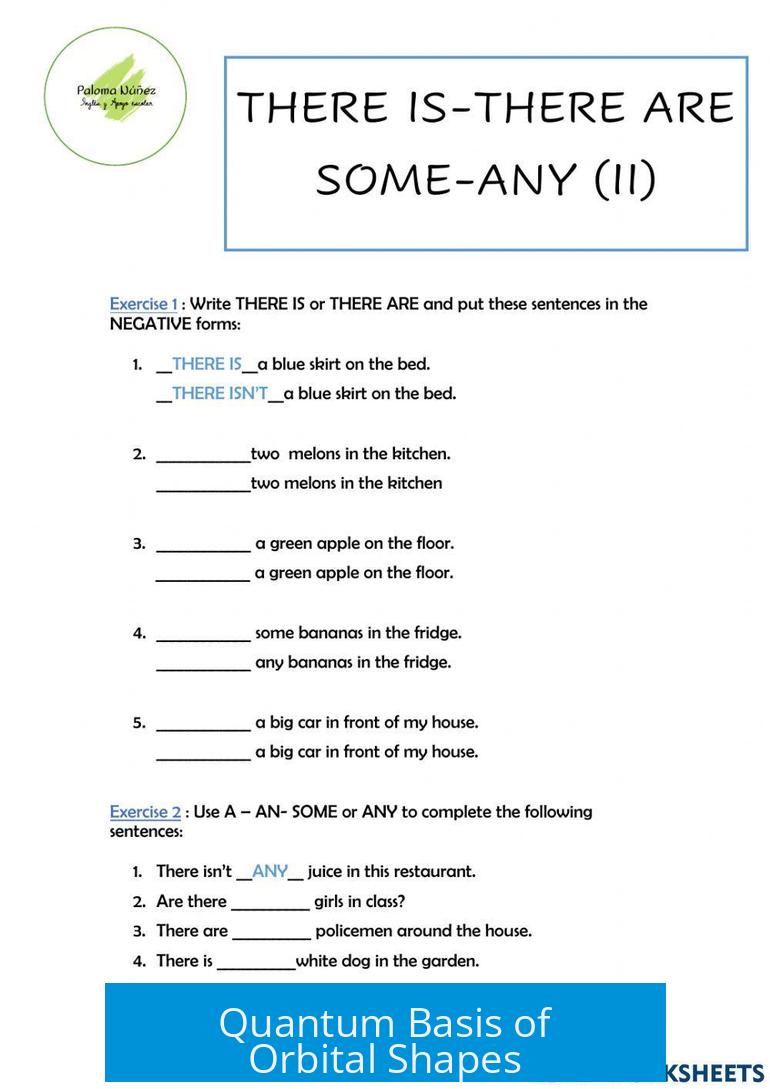
Orbital shapes derive from wavefunction solutions. Nodes are critical in determining these shapes since they mark where the electron’s likelihood is zero. This distribution of nodes results in distinct patterns for each orbital type. The complexity of d orbitals comes from having two nodal planes.
Typical Shapes of d Orbitals
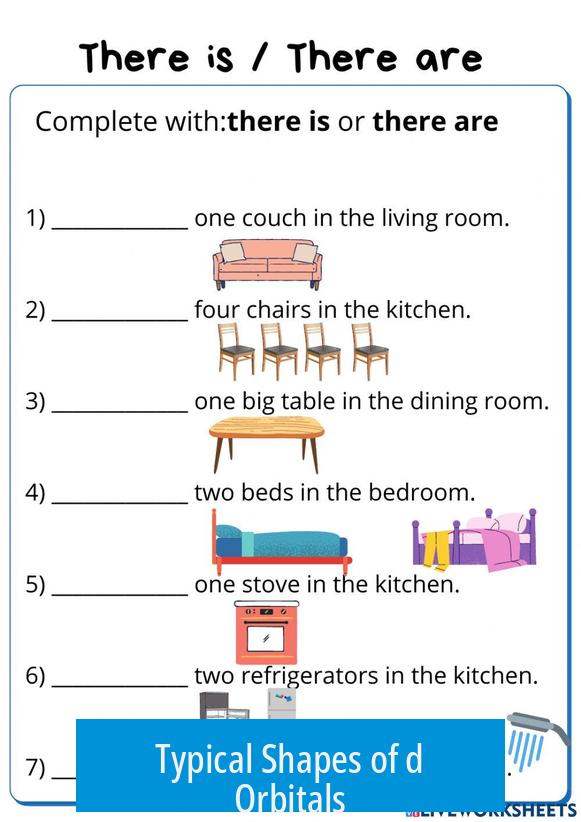
- Four of the five d orbitals have a “double dumbbell” appearance. These resemble two lobes lying along particular axes separated by nodal planes that prevent electron presence there.
- The dz2 orbital is unique. It appears as a dumbbell with a doughnut-shaped ring or “skirt” around its middle, distinguishing it from the other four.
Practical Approach to Learning
Predicting d orbital shapes directly from equations is complex. Many find it easier to memorize and practice drawing the standard forms. Since the set of d orbital shapes is limited to five, focused repetition builds understanding effectively.
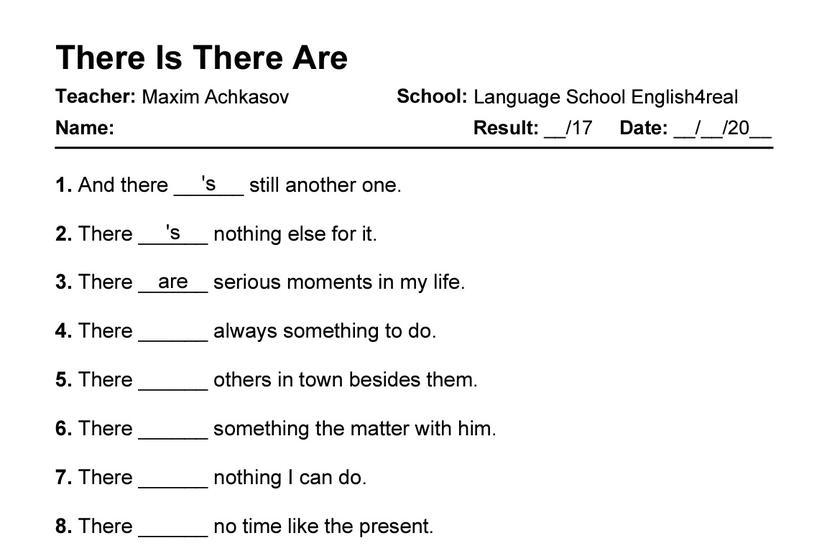
This approach leverages recognition over calculation. By practicing sketches of both double dumbbells and the dz2 form, learners can internalize shape characteristics relevant to chemistry and spectroscopy.
Connection to Periodic Table Blocks
The complexity of orbital shapes increases from s to p, d, and f orbitals. This progression parallels the electronic structure of the periodic table blocks. The d block elements correspond to the presence of d orbitals:
| Orbital Type | Shape Complexity | Periodic Table Block |
|---|---|---|
| s | Simple spherical | s-block |
| p | Dumbbell-shaped | p-block |
| d | Double dumbbell + complex | d-block |
| f | Highly complex lobes | f-block |
This conceptual framework helps anticipate what kinds of orbitals dominate in particular blocks but does not provide direct shape derivation methods.
Summary of Key Points
- d orbital shapes result from quantum mechanical node patterns, not simple prediction formulas.
- Four d orbitals have double dumbbell shapes; one (dz2) has a dumbbell with a ring.
- Practicing and memorizing all five standard d orbital shapes is the most efficient way to learn them.
- Orbital complexity correlates with electron filling in the periodic table blocks (s, p, d, f).
Is There a Way to Predict d Orbital Shapes? A Quantum and Practical Perspective
Short answer: You can’t exactly predict d orbital shapes with a simple formula — it takes advanced quantum calculations. But, on the bright side, memorizing and practicing the little set of d orbital shapes is totally doable.
Want to know why d orbitals look the way they do? You’re in for a fun mix of quantum math, nodal mysteries, and a dash of memorization. So, let’s unravel the puzzle of d orbital shapes, both from a theoretical and practical angle.
Quantum Mechanics: Nodes Dictate Shape
The excellent, but intimidating start: d orbitals arise as solutions to complex quantum mechanical equations. The shapes aren’t just random or whimsical — they come from where electrons prefer to hang out and where they definitely avoid. In more sciencey terms, d orbitals are shaped by nodes, the regions or surfaces where the probability of finding an electron is zero.
Imagine the nodes as “electron no-go zones.” The pattern and number of these nodes carve out the intriguing shapes we recognize. For d orbitals, these nodes appear as planes slicing through the orbital, giving rise to those signature lobed forms.
This means predicting their shape means diving deep into how these nodes distribute. You won’t find a simple formula like “double dumbbell plus a ring.” Instead, you need to solve wave equations — something that’s well beyond casual pen-and-paper calculations.
Practice Makes Perfect: Memorize the 5 d Orbitals
If simply predicting from scratch sounds like a nightmare, here’s the lucky break: there are exactly five d orbitals, and they belong to a tiny, exclusive club of shapes in chemistry.
- Four have a “double dumbbell” style – picture two lobes stacked or side-by-side with nodal planes cutting through.
- The fifth, the dz2 orbital, is unique: a dumbbell with a ring (or “skirt”) around its center. It’s like the odd family member, more flamboyant but equally important.
So, rather than reinventing the wheel with quantum equations every time, the *practical* approach is to simply draw, study, and get comfortable with these five shapes. Anyone can master them with a little sketching practice. This method is widely taught because it’s effective and actually more relevant for most chemistry students and professionals.
How Does the Periodic Table Fit Into This?
Ever noticed how the periodic table has s, p, d, and f blocks? This is no coincidence. The complexity of orbital shapes matches the order electrons fill those blocks:
- s orbitals: Simple, spherical.
- p orbitals: Dumbbell-shaped, a bit more complex.
- d orbitals: Double dumbbell shapes with nodal planes; starting to get fancy.
- f orbitals: The wildcards — even more complex shapes.
This ordering helps chemists anticipate what kinds of orbitals they’re dealing with when examining elements. Yet, it’s important to understand that this knowledge doesn’t *predict* the exact shape but gives a conceptual framework.
Putting It All Together: What’s the Real Deal?
You’re probably wondering: is there a shortcut for predicting these shapes?
The honest truth? No quick shortcut to calculate d orbital shapes exists without embracing the hardcore math of quantum mechanics. Predicting the exact shapes involves solving Schrödinger’s equation for multi-electron atoms, which demands advanced techniques beyond casual chemistry.
But here’s the kicker: you get the shapes by solving those equations once, and then you can *use* the results forever. That’s why chem instructors and textbooks emphasize learning the five standard d orbitals. They’ve archived the complex math outcomes as simple, teachable visuals.
Focus on memorizing these shapes:
| Orbital | Shape Description | Node Characteristic |
|---|---|---|
| d_xy, d_xz, d_yz, d_x2−y2 | Double dumbbells oriented between axes | Two nodal planes crossing through lobes |
| d_z2 | Dumbbell with a ring (like a “donut” skirt) | Two nodal planes with a nodal cone between lobes |
Practical Tips for Mastering d Orbital Shapes
- Draw regularly: Try sketching these orbitals by hand. Muscle memory helps visual recall.
- Use models: 3D printed or plastic orbitals help build spatial understanding.
- Think in nodal terms: Remember that nodal planes are boundaries of zero electron density. This helps in visualizing why lobes form in certain orientations.
- Link to chemistry: Watch how these shapes affect bonding — crystal field splitting in coordination complexes often hinges on d orbital orientation.
Why Does Knowing d Orbital Shapes Matter?
At first glance, it sounds esoteric. But d orbitals matter a lot:
- They explain color, magnetism, and bonding in transition metals.
- Their shapes help predict where electrons go, impacting chemical reactivity.
- Understanding nodal planes helps grasp electron distribution, influencing molecular geometry.
So, predicting or visualizing d orbital shapes isn’t just an academic exercise — it directly impacts how chemists understand and design reactions.
Final Thoughts
To sum it up: predicting d orbital shapes isn’t like predicting the weather with a casual glance. It requires applying advanced quantum mechanics to nail down node structures. But for most learners and users, the best way is to accept the quantum results as given, then master the five familiar d orbital shapes through practice.
So stop wrestling with equations you don’t fully see, and start drawing those “double dumbbells” and “dumbbell plus skirt” shapes. Once you do, recognizing d orbitals will feel as natural as spotting a red traffic light.
Oh, and next time someone asks if you can predict d orbital shapes? You know the full story. Prediction meets practice in the fascinating dance of quantum chemistry.
How can d orbital shapes be predicted from quantum mechanics?
D orbital shapes come from solving quantum equations. Nodes, where electron chance is zero, define these shapes. Prediction means analyzing node patterns from complex math, not a simple formula.
Is there a simple method to learn and remember d orbital shapes?
Yes, focus on memorizing just four main d orbital shapes. Practice drawing these shapes frequently. This hands-on approach helps more than trying to derive shapes from theory alone.
What distinguishes the dz² orbital from other d orbitals?
The dz² orbital looks like a dumbbell with a ring around the middle. The other d orbitals have double dumbbell shapes with two nodal planes but no ring feature.
Why do d orbitals have more complex shapes than s or p orbitals?
Orbital shape complexity rises from s to p to d because of electron filling in the periodic table blocks. D orbitals have more nodes and planes than s and p orbitals, leading to their unique forms.
Are the node positions important in predicting d orbital shapes?
Yes, nodes mark zero electron probability areas. Their positions define the shape’s lobes and planes. Recognizing node patterns is key for understanding d orbital shapes.


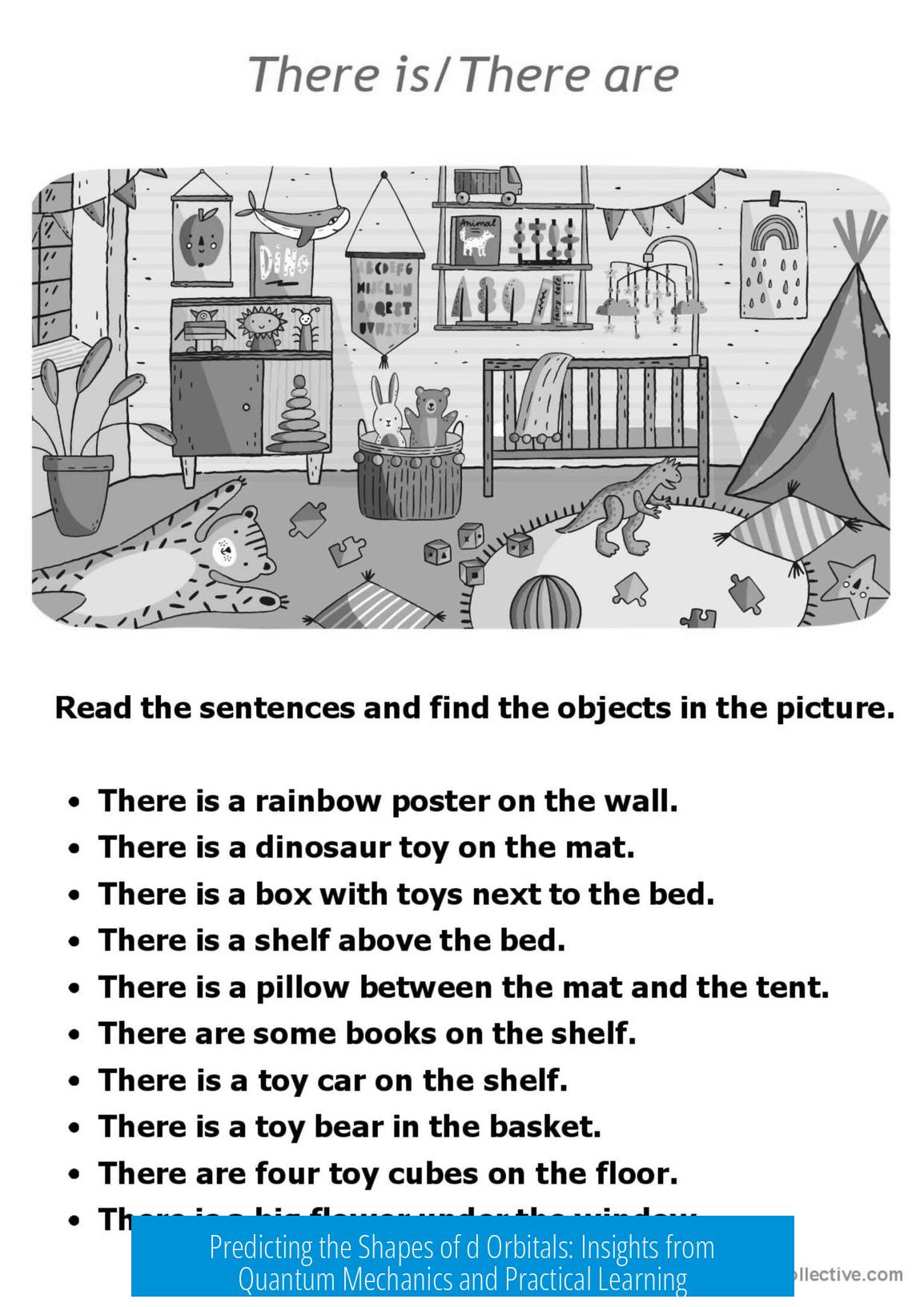

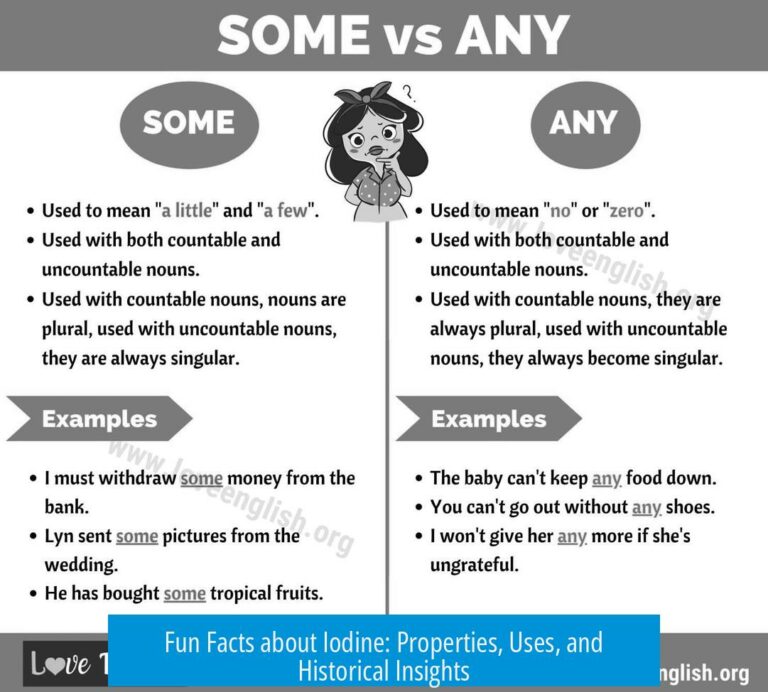
Leave a Comment